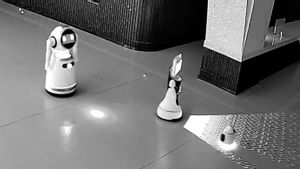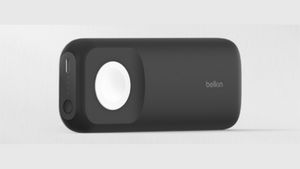NASA is not only developing technology that functions on land, air, or even space, but also in the ocean. There are water robots they develop to explore the ocean beneath the ice surface.
SWIM, as short as Sensing With Independent Micro-swimmers, is actually still part of a space mission. This robot is designed with a futuristic concept, namely looking for signs of life beneath the surface of Europa, a moon from Jupiter.
A number of scientists, including those at NASA, believe that the Europa moon stores oceans beneath its cold surface. However, there is not much research on this ocean so that NASA makes technology that can reach it.
"People may ask, why does NASA develop underwater robots for space exploration? That's because there are places we want to visit in the solar system to find life," said Ethan Schaler, SWIM's Chief Researcher.
So far, technicians have developed SWIM in the 3D printed plastic prototype model. This prototype robot relies on cheap motors and electronics. To be able to work, this robot uses two propellers to maneuver it in a controlled manner.
SEE ALSO:
With a simple model, SWIM can go forward and improve its direction, as well as explore the police. This was seen during the SWIM team conducted a prototype trial at the 23-meter swimming pool in Caltech, Pasadena.
During the test, NASA attached a fishing line to the SWIM robot and a technician who was holding a fishing rod joined the pool. This is done so that technicians can take action quickly if SWIM needs help at any time.
"(robots) are just the first of a series of designs we have to work on to prepare for a trip to the sea," Ethan said. "This is proof that we can create robots with the necessary capabilities and begin to understand what challenges they will face in missions below the (Europa) surface."
The English, Chinese, Japanese, Arabic, and French versions are automatically generated by the AI. So there may still be inaccuracies in translating, please always see Indonesian as our main language. (system supported by DigitalSiber.id)














